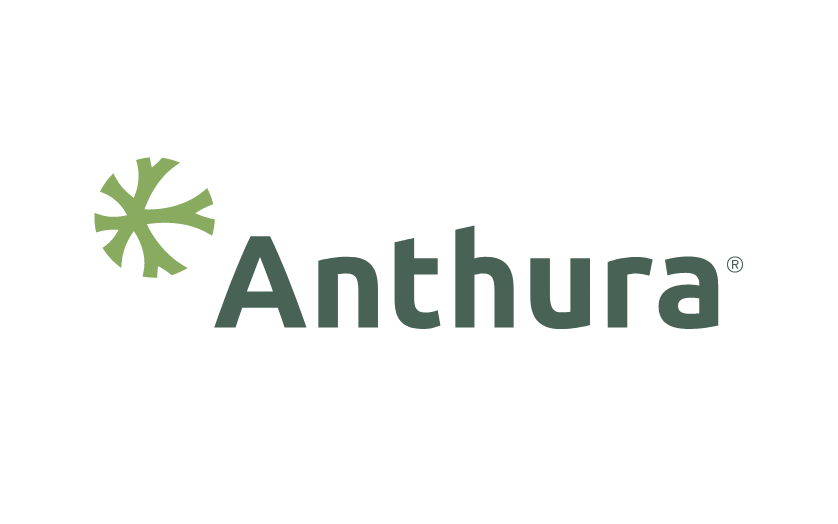The requirements for fire safety in companies are becoming increasingly stringent. This also applies to shading screens. In the next few years, several screens will need to be replaced in compliance with the new fire safety regulations in 2017 in Holland.
Table: Different screens and their characteristics
| Type of screen | Energy | Sun shading | Diffuse | Costs | Replacement |
| Plastic | Average | Low | No | Low | 2 years |
| Energy screen | Average | Low | Yes | Average | 5 years |
| Shading screen diffuse | Average | High | Yes | Average | 10 years |
| Shading screen aluminium open structure | Low | High | No | Average | 10 years |
| Shading screen aluminium closed structure | High | High | No | High | 10 years |
A disadvantage of solid plastic can be the high humidity, especially when irrigation takes place from above. Removing the plastic can also cause plant shock due to the major transition in the microclimate. Therefore, holes are made in the plastic on a regular basis for moisture removal.
The diffuse shading screens have white strips instead of aluminium strips and they do not absorb heat, as a result of which the greenhouse stays slightly cooler. The light allowed through is also diffuse. Thanks to this diffusion, the light is better distributed over the crop, as a result of which the plant temperature increases less quickly, allowing you to let in more light.
The shading and energy saving screens have both aluminium strips and closed transparent strips. As a result, these screens allow more energy saving in the winter period than the open variant. A disadvantage is that this screen retains more heat in the summer and that you always have to work with a fixed gap. With a closed screen in the summer the temperature will increase by about 2ºC.
When choosing this screen you need air humidification. For the cultivation of phalaenopsis, for example, this is less important, because the temperature required for the growing phase is quite high.
The table below offers insight into the energy savings of the different screens and the extent to which they allow light transmission.
Table: Energy saving and light transmission of screens.
| Type of screen | Function | Energy saving | Direct sunlight | Diffuse sunlight |
| Plastic | Energy | 40%* | 88%* | 82%* |
| Luxous 1547 | Energy | 47% | 85% | 76% |
| Solaro 6225 O FR AW | Sun shading | 25% | 38% | 36% |
| Solaro 8430 O FR AW | Sun shading | 30% | 16% | 15% |
| Tempa 6360 FR AW | Sun shading+ energy saving | 60% | 37% | 34% |
| Tempa 8570 FR AW | Sun shading+
energy saving |
70% | 15% | 13% |
| Harmony 6147 FR | Sun shading+ energy saving | 47% | 39% | 35% |
| Harmony 7947 FR | Sun shading+ energy saving | 47% | 21% | 19% |
*The values for plastic are estimated
The big difference in energy saving between a Tempa screen (closed strips) and a Solaro screen (open strips) is particularly striking.
The table also shows that the energy saving of the Harmony screens equals more or less the saving of an energy screen. The reason that Harmony saves a lot less is the presence of the white strips. These are equal to the transparent strips as regards saving, which is comparable with an energy screen! Another difference is that the outgoing radiation with an aluminium screen is less than with a Harmony screen. This results in less plant cooling.
It should be noted that the saving diminishes the moment that you start using several screens. Suppose you opt for the combination of Luxous 1547 and Harmony 6145, then the saving is not 47% +47% = 94%, but will be around 63%.
In the following table you will find examples of screen combinations and energy savings:
Table: Screen combinations and corresponding energy savings.
| Screen combination | Energy saving |
| Luxous 1547 + Tempa 8570 FR AW | 70% |
| Luxous 1547 + Solaro O FR AW | 58% |
| Luxous 1547 + Harmony 7247 FR | 64% |
| Luxous 1547 + Harmony 7247 FR + Tempa 6965 FR AW | 76% |
| Luxous 1547 + Harmony FR + Tempa 8570 FR AW | 77% |
This article has been prepared with the cooperation of Bureau IMAC. Anthura and Bureau IMAC cannot be held responsible for any damages, whether direct or indirect, resulting from the use of the cultivation advice given.
Optional (depending on the article)
- The grower is at all times responsible for consulting the label of crop protection products.
- The cultivation information provided is geared towards Dutch growing locations.





